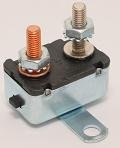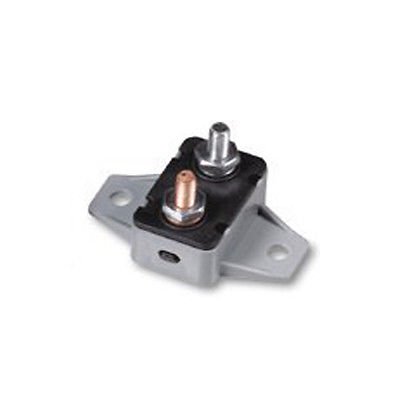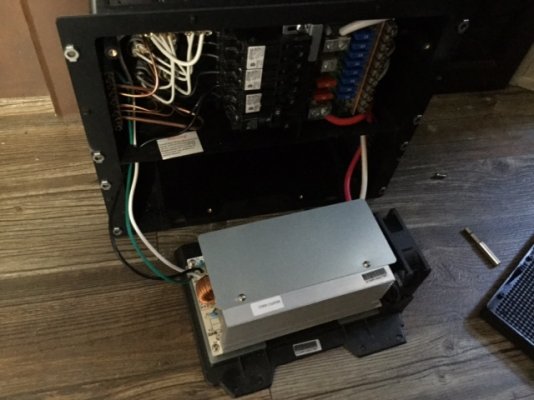The_Grey_Wolf
Active member
Help!
I bought a new 2015 Grey Wolf 23DBH last year. I put a battery bank, and 3000 watt inverter/charger with built in relay in it. Everything has worked great until this week. When I installed it, I "permanently" switched the converter breaker to off to avoid the battery charging loop.
Fast forward to last Sunday when my son put it on because he thought it would put the tv on. It stayed on for a couple of days and took my battery bank down to 0. I have recharged the batteries and I'm running a desulfate to repair the battery damage. However, now that I have the inverter running off of shore power, all of the AC power items are running fine, but nothing DC is running unless I put the converter on. Any ideas?
I replaced the 15amp breaker, but that didn't help.
I bought a new 2015 Grey Wolf 23DBH last year. I put a battery bank, and 3000 watt inverter/charger with built in relay in it. Everything has worked great until this week. When I installed it, I "permanently" switched the converter breaker to off to avoid the battery charging loop.
Fast forward to last Sunday when my son put it on because he thought it would put the tv on. It stayed on for a couple of days and took my battery bank down to 0. I have recharged the batteries and I'm running a desulfate to repair the battery damage. However, now that I have the inverter running off of shore power, all of the AC power items are running fine, but nothing DC is running unless I put the converter on. Any ideas?
I replaced the 15amp breaker, but that didn't help.



